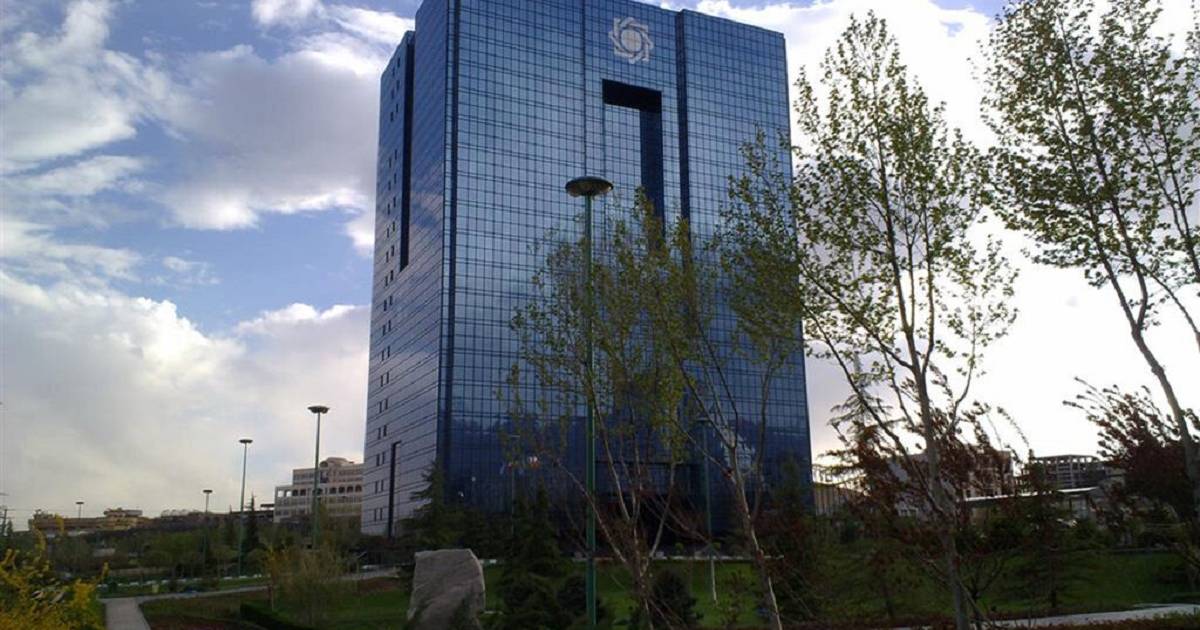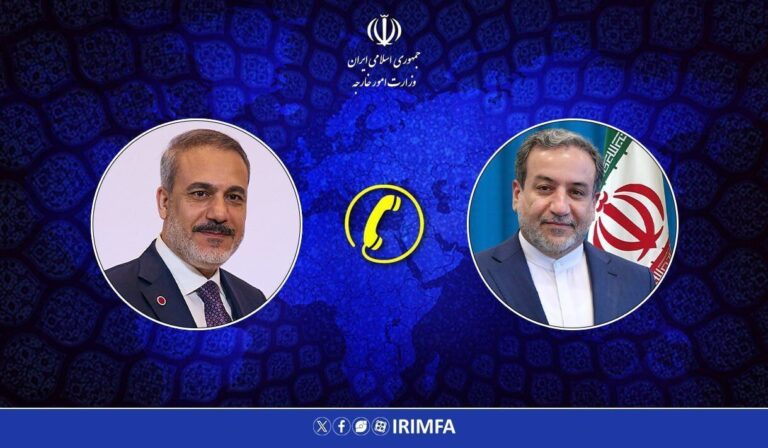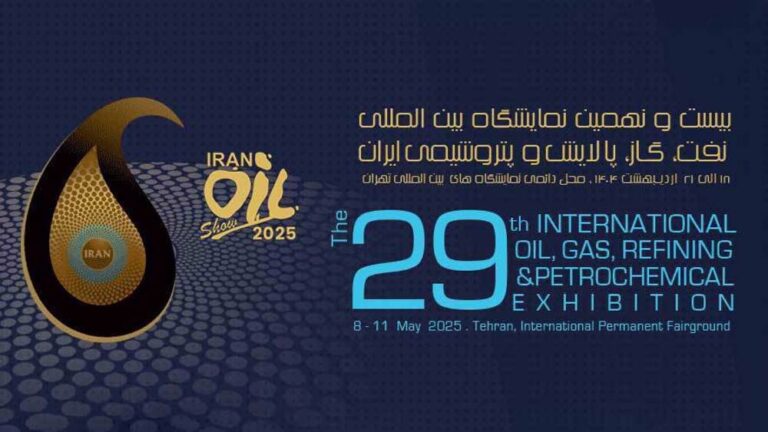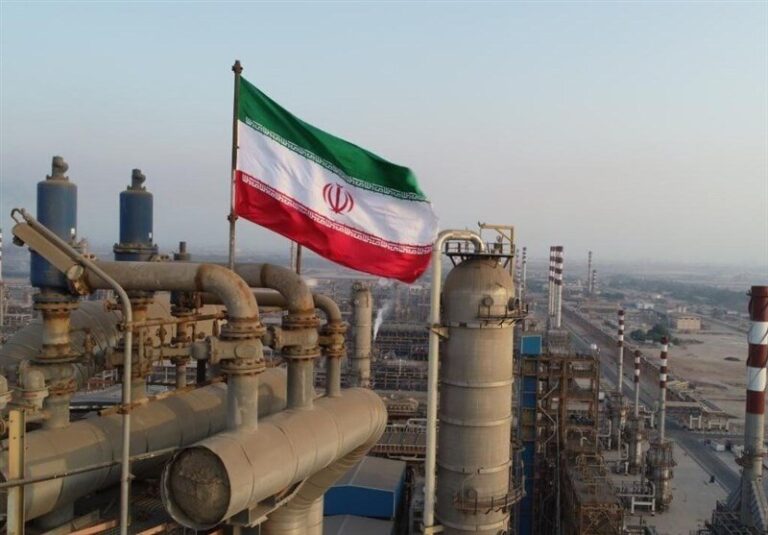Unveiling Deception: How Iran’s Government Manipulates Economic Data for Questionable Growth
As the economic crisis deepens in Iran, the nation’s institutions are striving to project an image of economic growth. Amidst deteriorating living conditions, this effort raises critical questions about the accuracy of reported economic indicators and their implications for the Iranian populace.
On March 13, 2024, Mohammad Reza Farzin, the governor of Iran’s Central Bank, held a press conference where he presented a new report. He shared various charts and described the current economic situation as experiencing “acceptable progress.” Farzin even compared Iran’s economic growth to that of major global economies, including the United States, Saudi Arabia, and the Eurozone, using estimates from the International Monetary Fund (IMF).
Farzin aimed to convince the public that Iran’s economic growth outpaces these nations, with only India and China achieving higher growth rates. However, several critical issues cast doubt on these claims:
- Rising Prices: Essential goods prices have surged by an average of 100% since the Iranian currency began its steep decline in September 2024.
- Energy Shortages: A significant energy shortage has forced many industries to shut down, exacerbating the economic crisis.
- Lack of Independent Estimates: The IMF’s estimates rely on data provided by Iran’s Central Bank, raising concerns about transparency.
The lack of independent economic assessments from international institutions is notable. The opaque nature of the Iranian economy further complicates the situation, leading to contradictory estimates even among local institutions. For instance, while Iran’s Statistics Center reported a GDP growth of 3.1% for the first nine months of the fiscal year (beginning March 21, 2024), the Central Bank cited a higher figure of 3.7%.
These discrepancies extend to various economic indicators:
- Conflicting Growth Claims: The growth rates reported by the Central Bank are based on constant 2021 prices yet conflict with other economic indicators.
- Agricultural Sector Data: The Statistics Center claims a 3.3% growth in the agricultural sector from March to December 2024, yet labor market data indicates a decline in agricultural employment from 15.4% to 13.7%.
- Import Surge: Customs data reveals that agricultural imports skyrocketed from $11.5 billion to nearly $18 billion during the same period, while exports stagnated.
In contrast to these findings, the Central Bank reported an agricultural growth rate of 3.7% for the first nine months of the fiscal year, which raises further questions about the validity of these statistics.
Discrepancies are also evident in the natural gas sector. While official data from Iran’s Oil Ministry and the International Energy Agency indicate that gas production growth remains below 2%, the Statistics Center suggests a much higher growth rate of 5.7%.
Industrial sector data reveals more inconsistencies. Reports from industry insiders highlight that electricity shortages resulted in the shutdown of 30% to 40% of industrial capacity for several months. Despite this, the Central Bank claims industrial output grew by 1% in the summer and 3.4% in the autumn.
Previously, a report from the Central Bank submitted to the Iranian Parliament’s Research Center estimated industrial growth at 1.7% for the summer and 2.9% for the autumn, further complicating the narrative.
Inflation data also presents a confusing picture. Reports indicate significant discrepancies between different institutions:
- The Central Bank reports an inflation rate of 45% for 2024.
- The Statistics Center places this figure at 35%.
- The IMF, relying on data from the Central Bank, claims Iran’s inflation rate is below 30%.
The exact real inflation rate in Iran remains ambiguous. However, recent media reports highlight a sharp increase in the prices of essential items such as food and medicine. Official estimates are significantly lower than actual consumer experiences, leading to widespread public skepticism.
In summary, as the Iranian economy grapples with severe challenges, the portrayal of growth by its institutions raises serious questions about data reliability and transparency. The contradictions in economic reports from various institutions not only confuse the public but also underscore the complexities of navigating an economy that remains shrouded in uncertainty.






